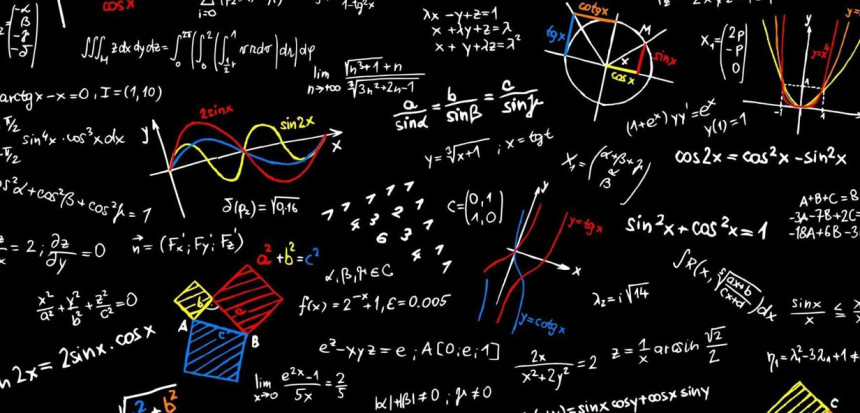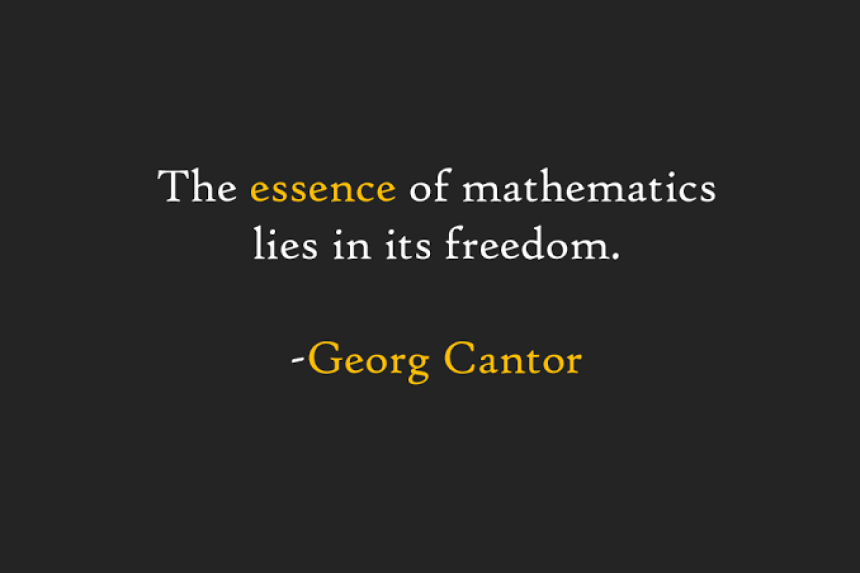
A Comprehensive Guide to Understanding Calculus: Delving into Limits and Integrations
Explore calculus with our guide! Unravel the mystery of limits and integrations, key to understanding math. Practical, engaging, and enriching for students. Dive in!
If mathematics is the language of the universe, calculus stands as one of its most eloquent dialects. In this article, we will unravel the fascinating world of calculus, focusing on the concepts of limits and integrations, fundamental notions which underpin this area of study. With an emphasis on comprehension and practicality, this guide will equip you with a solid foundation for exploring these complex concepts.
The Idea of Calculus
Calculus, in essence, is the study of how things change. The concept grew out of a need to understand continually varying quantities. It has two primary branches: differential calculus, which focuses on rates of change and slopes of curves, and integral calculus, related to the accumulation of quantities and areas under curves.
Limitations: The Heart of Calculus
The notion of limits is a key building block in the world of calculus. A limit essentially attempts to describe the behaviour of a function at a certain point, even when the function itself does not exist at that point. This concept lays the groundwork for defining continuity, derivatives, and integrals.
For instance, consider a function, f(x) = (x²-1)/(x-1). This function is undefined at x = 1. However, if we get closer and closer to x = 1 from either side, the value of the function approaches 2. Hence, we say that the limit of f(x) as x approaches 1 is 2.
Integration: The Antidote to Differentiation
Integration is the reverse process of differentiation, and the two are interlinked by the fundamental theorem of calculus. When we integrate a function, we are essentially finding the area under the curve formed by the function.
Consider the function f(x) = x. The integral of this function from a to b (denoted ∫f(x)dx from a to b) would represent the area of a trapezium under the curve of the function, from x = a to x = b. This area can be computed as 0.5*(b² - a²).
Integrations and their Practical Implications
In addition to being a mathematical theory, integration has wide-ranging applications in physics, engineering, and computer science. For example, physicists use integration to calculate the centre of mass, the moment of inertia, and other important concepts. Engineers utilise integrals to determine the length of a curve, the area of a surface, and the volume of a solid.
Conclusion
Calculus, with its profound concepts of limits and integrations, is a pillar of modern mathematics. While these concepts may seem daunting at first, a solid understanding of them opens doors to a wealth of knowledge and an array of practical applications. With patience, perseverance, and practice, you can master these integral parts of calculus and use them to navigate the fascinating world of mathematics.
FAQs
Why is calculus important?
Calculus is vital because it provides a framework for understanding how things change and accumulate, which is a common occurrence in various scientific, economic, and mathematical studies.
What are the practical applications of limits in real life?
Limits are used in physics to calculate speed at a particular instant, in engineering to determine the strength of materials, and in computing algorithms for optimising certain processes.
How are integrations used in physics?
In physics, integrations are used to calculate physical quantities such as work, electric and gravitational potential, and areas under power-time or velocity-time graphs.
What is the relationship between differentiation and integration?
Differentiation and integration are two fundamental operations in calculus. They are inverse processes; differentiation is about finding rates of change, while integration is about finding the total or accumulated value.
What is the Fundamental Theorem of Calculus?
The Fundamental Theorem of Calculus connects differentiation and integration. It states that the integration of a function over some interval can be computed by knowing the antiderivative of the function at the endpoints of the interval.





